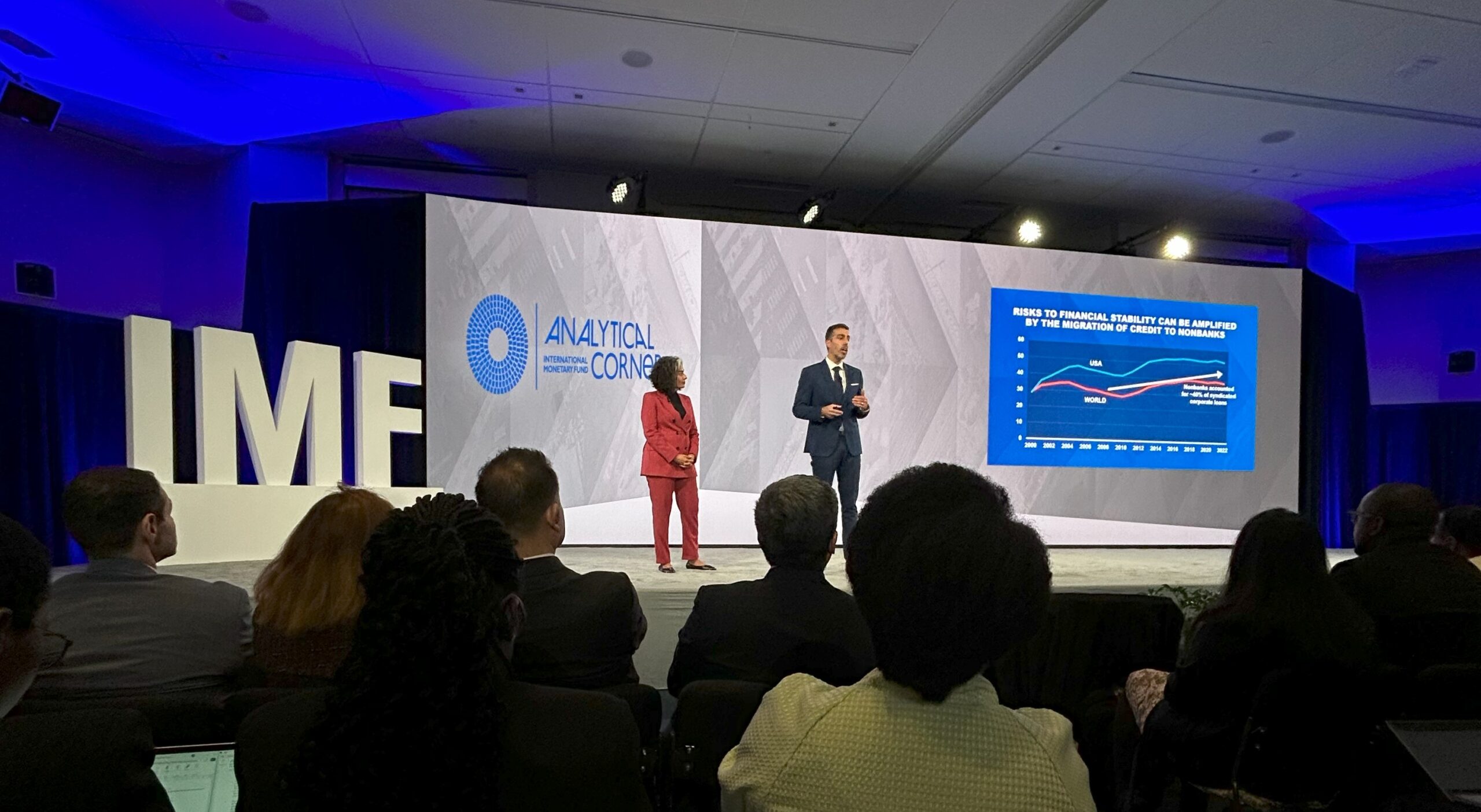The New Stage of Argentina’s Stabilization Strategy
Argentina has entered a new phase of economic stabilization, now structured under an agreement with the International Monetary Fund (IMF) through the Extended Fund Facility (EFF). The program foresees a total disbursement of $20 billion over four years, with 60% ($12 billion) front-loaded, a substantial amount though not without precedent in cases such as Brazil, Turkey, and Mexico.
The four-year duration aims to provide greater predictability regarding the IMF’s role in the stabilization process. The early disbursement implies a net increase of $6 billion in Argentina’s exposure to the Fund, factoring in approximately $14 billion in repayments over the same period. The longer horizon allows for greater focus on structural reforms, easing immediate pressure for quick results, according to the IMF.
Following an initial phase centered on a currency anchor that rapidly curtailed inflation and inflation expectations, the focus now shifts toward greater exchange rate flexibility and balancing internal stability (inflation control) with external stability (international reserves and balance of payments).
Reserve Accumulation and the Return of Confidence
A core pillar of the program is the rebuilding of international reserves, essential for cushioning future shocks and enabling Argentina’s gradual return to international capital markets, targeted for early next year.
The exchange rate policy has abandoned the crawling peg and now operates under a widening exchange band regime. Within these bands, reserves will not be sold, except in the case of market dysfunction. Meanwhile, specific net reserve accumulation targets are set (e.g., $4 billion by June, excluding net disbursements from multilateral institutions).
The Three Pillars of the New Economic Program
- Fiscal Anchor
A medium-term primary surplus target of 2.5% of GDP, requiring tax and pension reforms. Fiscal discipline is a critical foundation for the program. - Exchange Rate and Monetary Policy
The transition to a flexible exchange rate regime demands a robust monetary framework. The initial design is monetary aggregates targeting, with interest rates set endogenously by market dynamics. Key targets include Net International Reserves (NIR) and Net Domestic Assets (NDA).
Liquidity shocks will be managed through sterilization via bond issuance, rather than foreign exchange interventions. - Structural Reforms
Reforms include deregulation of the economy, increasing labor and product market flexibility, eliminating currency controls such as the blend rate, and simplifying capital controls.
The Main Challenge: Effective Implementation
The success of this stabilization strategy hinges critically on effective and sustained implementation. Initial signals are positive, with market acceptance of the new exchange rate regime and early signs of macroeconomic stabilization. The first program review is scheduled for June.
According to the IMF, it is vital that the success of the program not be solely reliant on capital market access. Sustainability requires balancing external accounts through trade and current account surpluses.
The use of monetary aggregates targeting, viewed by the IMF as a return to fundamentals, has proven effective in controlling inflation in countries like Colombia and Chile, but historically failed in Brazil in the 1980s. For Argentina, a successful transition toward a full-fledged inflation-targeting regime will depend heavily on anchoring expectations and stabilizing the currency.
The near-term objective is to reduce inflation to 1.5% per month before the elections, though achieving this will depend critically on policy credibility and execution.
Finally, risks remain, including deposit flight and exchange rate pressures. However, the adoption of wide bands aims to mitigate the need for frequent interventions, with reserve sales only permitted in cases of market dysfunction.
Want to receive the next insights directly in your inbox? Click here (Spring Meetings) and sign up on our landing page to receive all real-time updates.
Produced by Tatiana Pinheiro, Chief Economist at Galapagos Capital.














